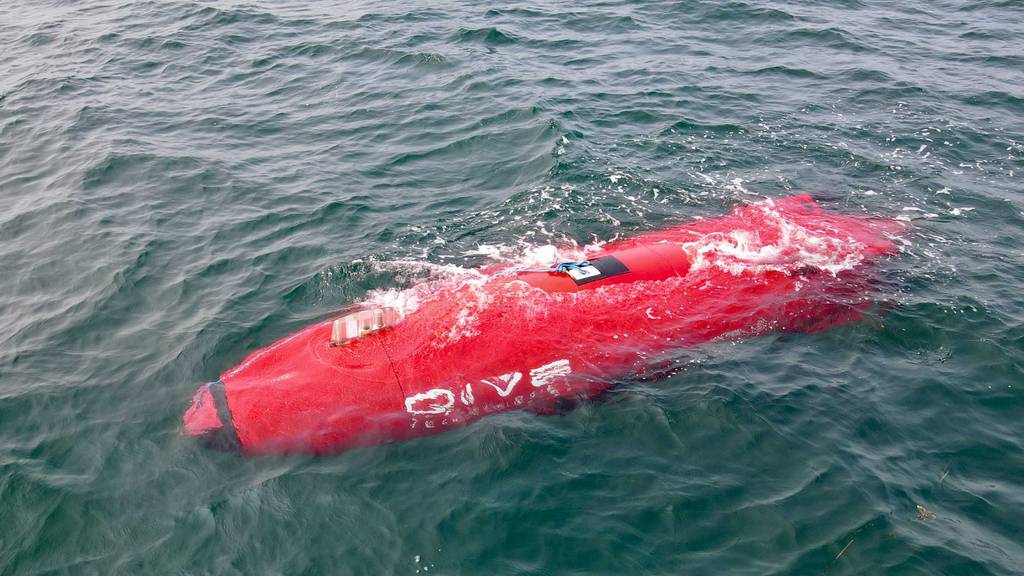Defense tech company Anduril Industries said it will build a new production facility in Rhode Island capable of churning out as many as 200 of its Dive-LD autonomous underwater vehicles annually.
The company will use its own money, plus some support from the state of Rhode Island, to establish the factory in Quonset Point.
The factory is set to open in late 2025, being operations in early 2026, and then reach full capacity by the end of that year: 50 hulls a year, with the ability to scale up to 200 a year if customer demand calls for that.
Until the facility opens, the company will continue to build Dive-LD hulls in its Quincy, Massachusetts, maritime engineering center. Anduril in February received a contract to provide the Defense Department with Dive-LD vehicles through Defense Innovation Unit’s Commercial Solutions Opening process. The U.S. Navy subsequently awarded the company an $18.6 million award using that contract vehicle.
Anduril’s chief strategy officer, Chris Brose, told reporters June 11 the company proved the maturity and utility of its Dive-LD vehicle during a swim-off event last year that led to the DIU contract. But a remaining and recurring question from the government has been, “can Anduril ramp production to really hit high-rate manufacturing numbers?â€
He said the Quonset Point factory will “show the U.S. government that we are ready to and able to deliver on large contracts, if those contracts are forthcoming.â€
The standup of the 100,000-150,000 square foot production facility will create more than 100 jobs in the next five years.
It will also allow Anduril to try to realize its vision to build a massive fleet of AUVs. A company statement notes the Dive-LD family of vehicles is “designed from the ground-up for production at scale, with a heavy emphasis on commercial-off-the-shelf components with robust supply chains, a modular design, and advanced, scalable manufacturing techniques that enable rapid iterations based on customer needs.â€
The company can build 12 Dive-LD vehicles at the Quincy facility today, or could scale up to 24 a year if needed by adding extra shifts.
“We’re out of space in terms of our ability in the Quincy facility to meet the demand that we’re seeing from the Navy at present, let alone where we believe that’s going in the future,†Brose said.
“This is the challenge that I think all defense companies have in terms of, how much to facilitize in order to meet a demand that is not always crystal clear,†Brose continued. “Our approach to that is, we’re going to lean forward. We’re going to invest in ourselves; we’re going to invest in our ability to produce these kinds of systems in a totally different way. And we’re going to put the facilities in place to meet a demand that that we expect to grow,†rather than wait for the government to award a contract and have to play catch-up in building a larger factory.
As for the location in Quonset Point, Brose said the region is a “phenomenal center of undersea expertise and production.â€
“Nav[al] Undersea Warfare Center, other major contractors that are performing on significant undersea programs, access to the water — you just have an enormously rich environment of undersea expertise, talented workforce, and it’s phenomenal for Anduril to be a part of that and plug into that,†Brose said.
Megan Eckstein is the naval warfare reporter at Defense News. She has covered military news since 2009, with a focus on U.S. Navy and Marine Corps operations, acquisition programs and budgets. She has reported from four geographic fleets and is happiest when she’s filing stories from a ship. Megan is a University of Maryland alumna.








